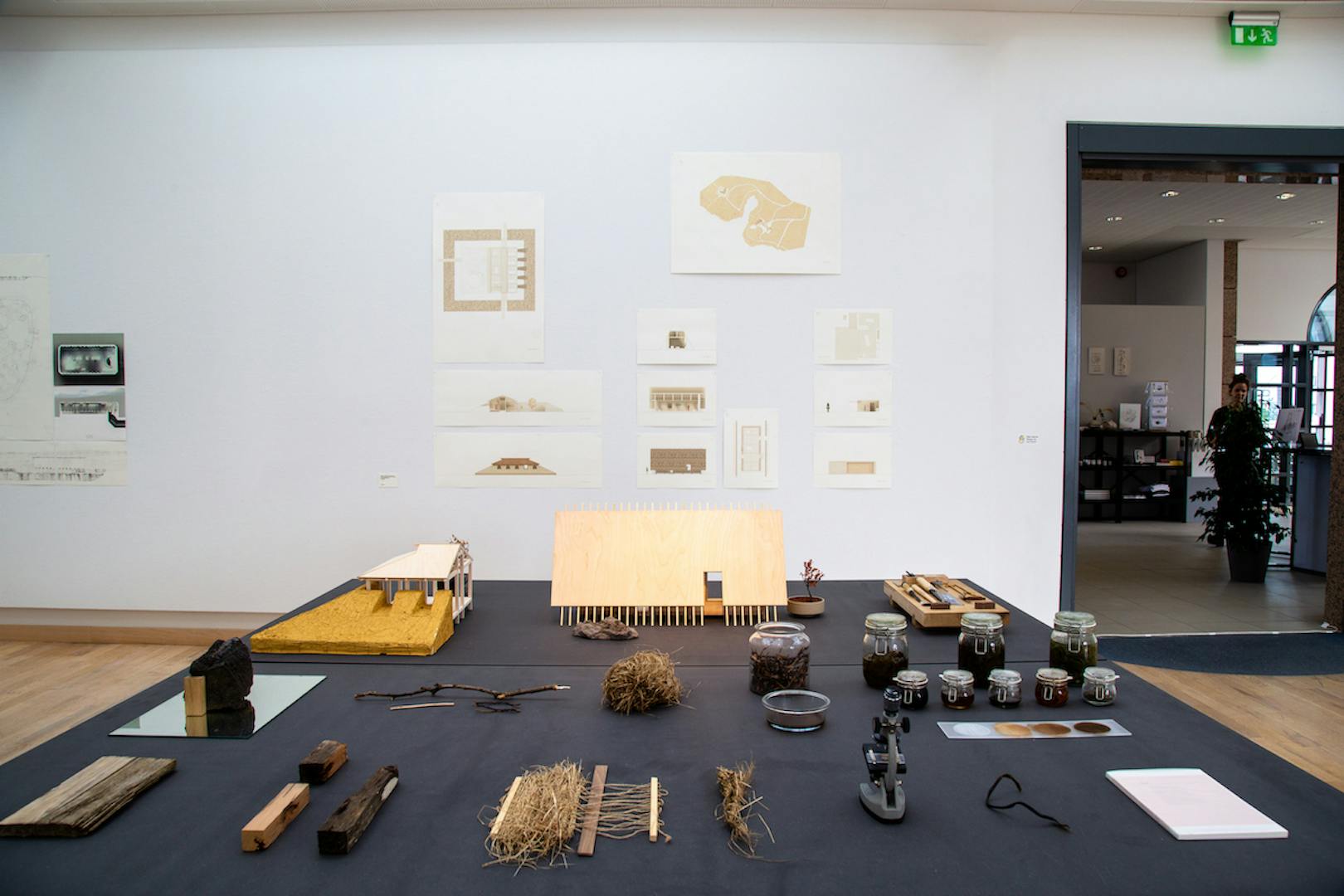New MArch programme at the Iceland University of the Arts

For the first time architecture will be taught on Master‘s level in Iceland, and the first time that local architecture students are given the option of completing their architecture studies in Iceland. The MArch programme is a two-year international programme and will start in the fall 2021. Application deadline for the programme is April 7th.
The Architecture- and design department at IUA was divided into two departments in the fall of 2020: Design Department on the one hand and the Architecture Department on the other. Design Department contains BA Visual Communication, BA Fashion Design and BA Product Design as well as MA Design, Explorations and Translations.
The Architecture Department contains BA in Architecture and will, from fall 2021, have MArch or a Master's Programme in Architecture.
Hildigunnur Sverrisdóttir, the Head of the Architecture Department has for the past months been realizing the new programme with her coworkers, based on many years of researching and planning a Master's Programme in Architecture. Teachers of the MArch programme will be, together with Hildigunnur, Björn Guðbrandsson, Anna María Bogadóttir, Massimo Santanicchia, Steve Christer and Margrét Harðardóttir.
This will be the first time that architecture will be taught on Master‘s level in Iceland, and the first time that local architecture students are given the option of completing their architecture studies in Iceland.
The MArch programme, which is a two-year international programme, will be research-based: Each school year is divided into two semesters, with the fall semester dedicated to communal research around a yearly theme, where students, through different research methods and design processes, gather information and knowledge, question, and experiment together. The spring semester is then dedicated to individual design projects.
Although the master's programme is primarily a scholarly boot-camp for a professional career in the field of architecture, it is simultaneously an ongoing research hub for the field of architecture. As such, each yearly theme contributes to an expanding basis of knowledge and expertise.
It will start with, both relevant and appropriate, at the roots, in the inherent building knowledge of the turf, which has been used locally for over a thousand years. Nevertheless, this will be considered in a larger context. On one hand, it is crucial to ask what tradition can convey and teach us about building and inhabiting the extreme, how we can sustainably apply materials and knowledge, and what can be learned from the culture of inhabiting these circumstances. On the other hand, it is also important to redefine and put materiality into question, expanding from the turf and question what is turf in today's context?


